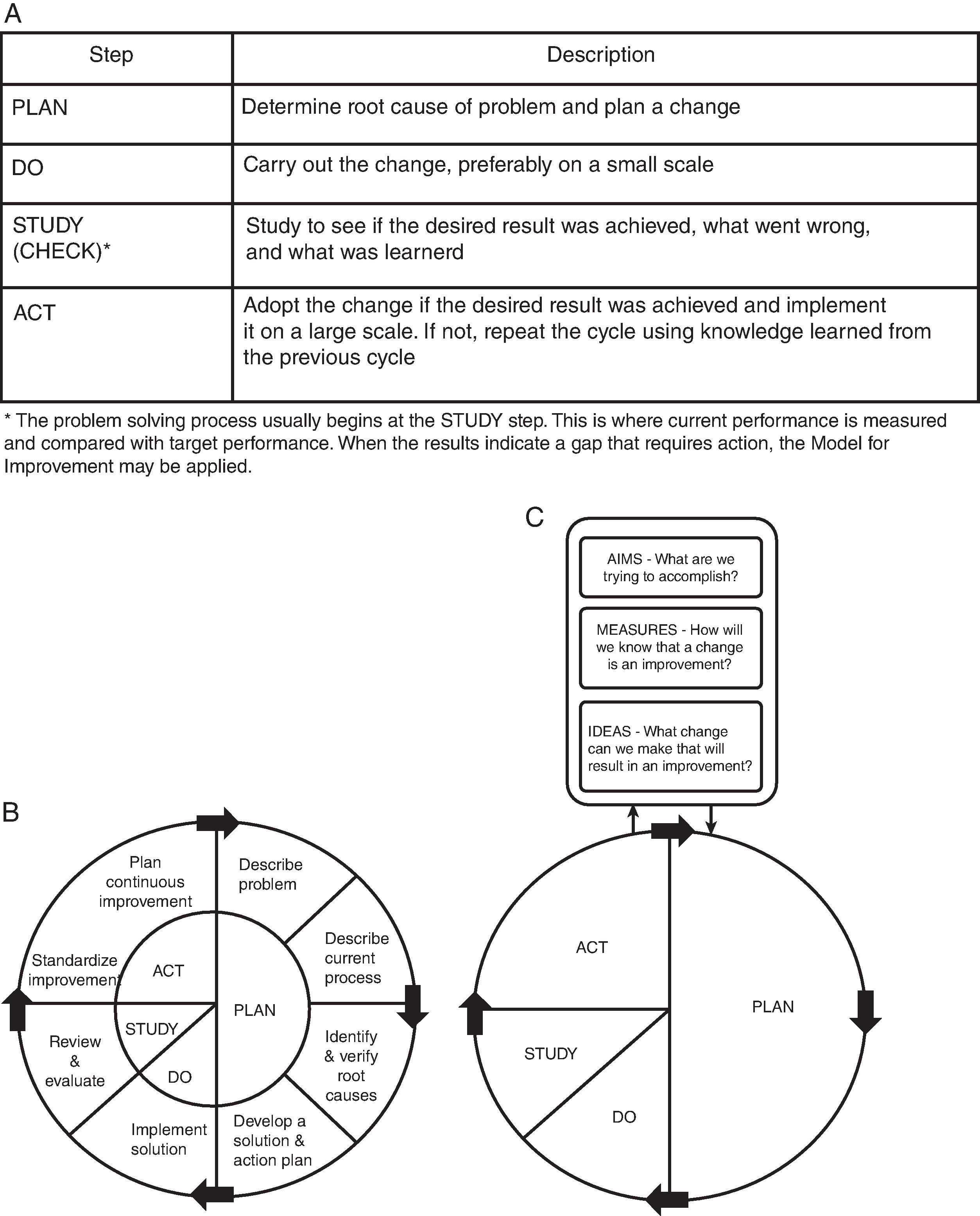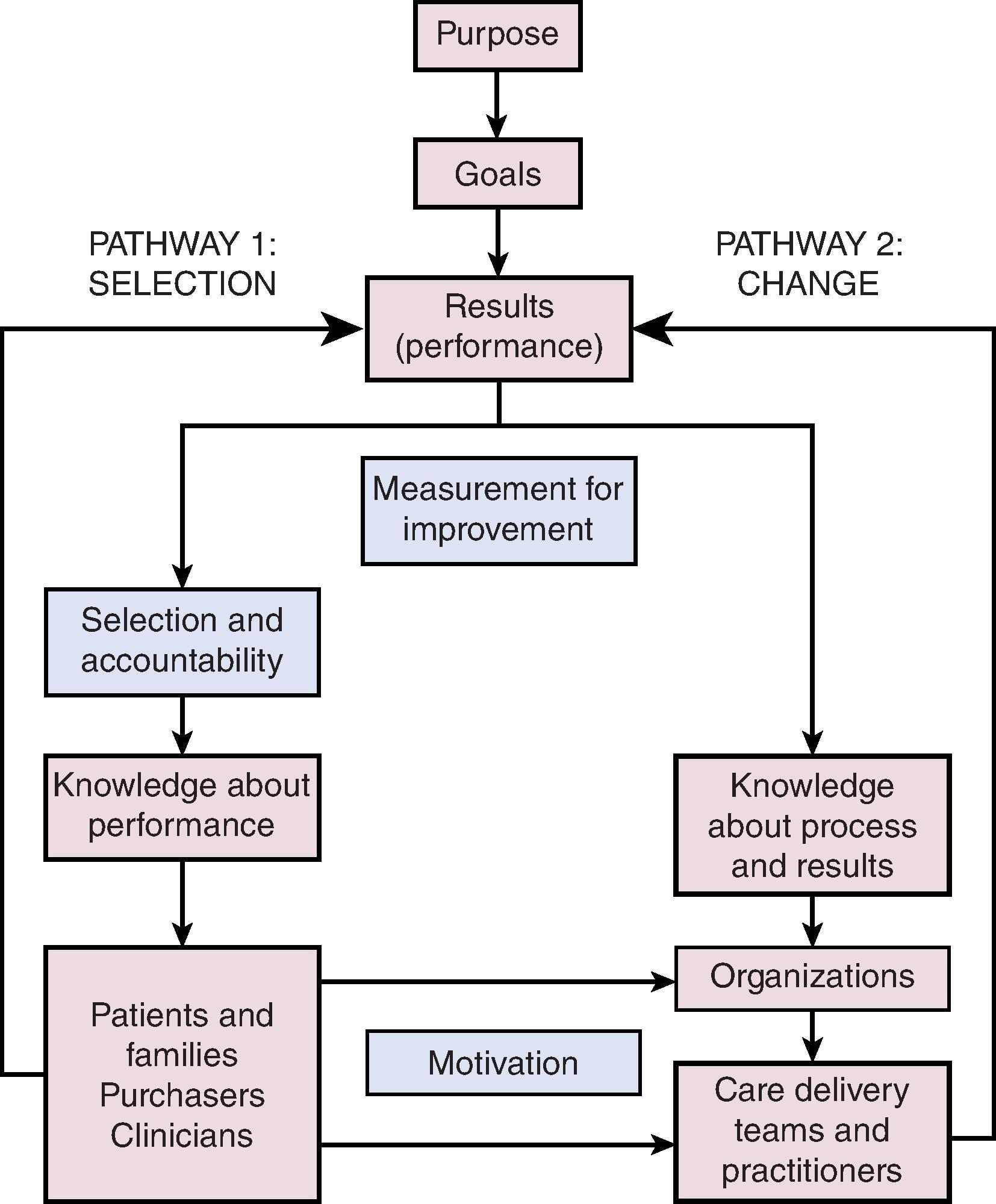Physical Address
304 North Cardinal St.
Dorchester Center, MA 02124
The quality of clinical care and improvement is typically measured in six areas: safety, effectiveness, patient-centeredness, timeliness, efficiency, and equality.
Healthcare administered during pregnancy, labor, and childbirth continues to show considerable center-to-center variability and needs careful study both for improving outcomes and also to reduce the possibility of harm.
The care of premature and critically ill infants in neonatal intensive care units involves high-risk skilled procedures that need careful analysis.
Quality improvement (QI) priorities need to be relevant to ill infants. The plan-do-study-act methodology is important to evaluate and refine treatment efforts.
The distinction between research and QI needs to be understood, with a clear distinction between activities that aim to improve the quality of care delivered to patients and those that may improve quality of care by contributing to generalizable knowledge.
Quality improvement (QI) has become a well-accepted science for improving healthcare quality across all settings. The Institute of Medicine's six aims for a healthcare system have influenced QI efforts in the hospital environment, and neonatal intensive care units (NICUs) are poised to facilitate QI projects that promote safety, effectiveness, patient-centeredness, timeliness, efficiency, and equality. Several aspects of newborn care combine to form ideal conditions for the application of continuous quality improvement (CQI):
Healthcare administered during pregnancy, labor, and childbirth encompasses some of the most common processes of care delivery in the hospital setting. The consistent need for maternal and newborn care during the perinatal period lends itself to the systematic testing of rapid cycle changes of CQI.
Pregnancy and delivery involve the interaction between two distinct but dependent patients whose health and safety require unique consideration. Therefore, close collaboration and communication between maternal and neonatal providers is essential for care optimization.
NICUs are complex organizations with providers from various specialties. NICU care involves high-risk skilled procedures, specialized equipment, and relative uncertainty of patient clinical status in the immediate postpartum period. Patient safety can be adversely impacted in this type of environment if processes are not reliable.
Despite evidence to support best practices for pregnancy, labor, delivery, and neonatal care, notable variation in practice exists among hospitals.
Malpractice claims involving obstetric and pediatric care more commonly lead to higher awards than for other medical specialties. Interventions that can improve healthcare delivery while reducing patient harm present an opportunity to reduce malpractice costs.
The methods used to guide systematic rapid cycle changes in the NICU have a long history in industries outside of healthcare. Modern healthcare improvement draws on prior quality work developed in industries such as telecommunication, automotives, and manufacturing. The commonly used plan-do-study-act (PDSA) cycle ( Fig. 97.1 ), which has evolved during the course of the century, remains the cornerstone of QI methodology. Although there are several approaches and philosophies used in QI work in general, all of these techniques use the PDSA cycle at their core. The Associates in Process Improvement have adapted the PDSA cycle in their Model for Improvement approach, an approach championed by the Institute for Healthcare Improvement and adopted by many in healthcare QI work.

In addition to having a working knowledge of PDSA cycles, the following factors should be considered in any QI project.
Having a clearly defined problem is an essential element of QI work. Defining the problem will allow project teams to describe shared missions and targets, focus ongoing work, and allow the team to determine whether the goals were met. One example of planning QI project(s) is shown in Fig. 97.2 . There are many potential problems that a healthcare team may encounter every day during routine care delivery, and leaders must prioritize the problems to be addressed through QI work. The severity of the problem, the impact expected from a potential solution, and the anticipated effort to solve the problem should all be considered when prioritizing problems.

Become a Clinical Tree membership for Full access and enjoy Unlimited articles
If you are a member. Log in here